East Ruston Common
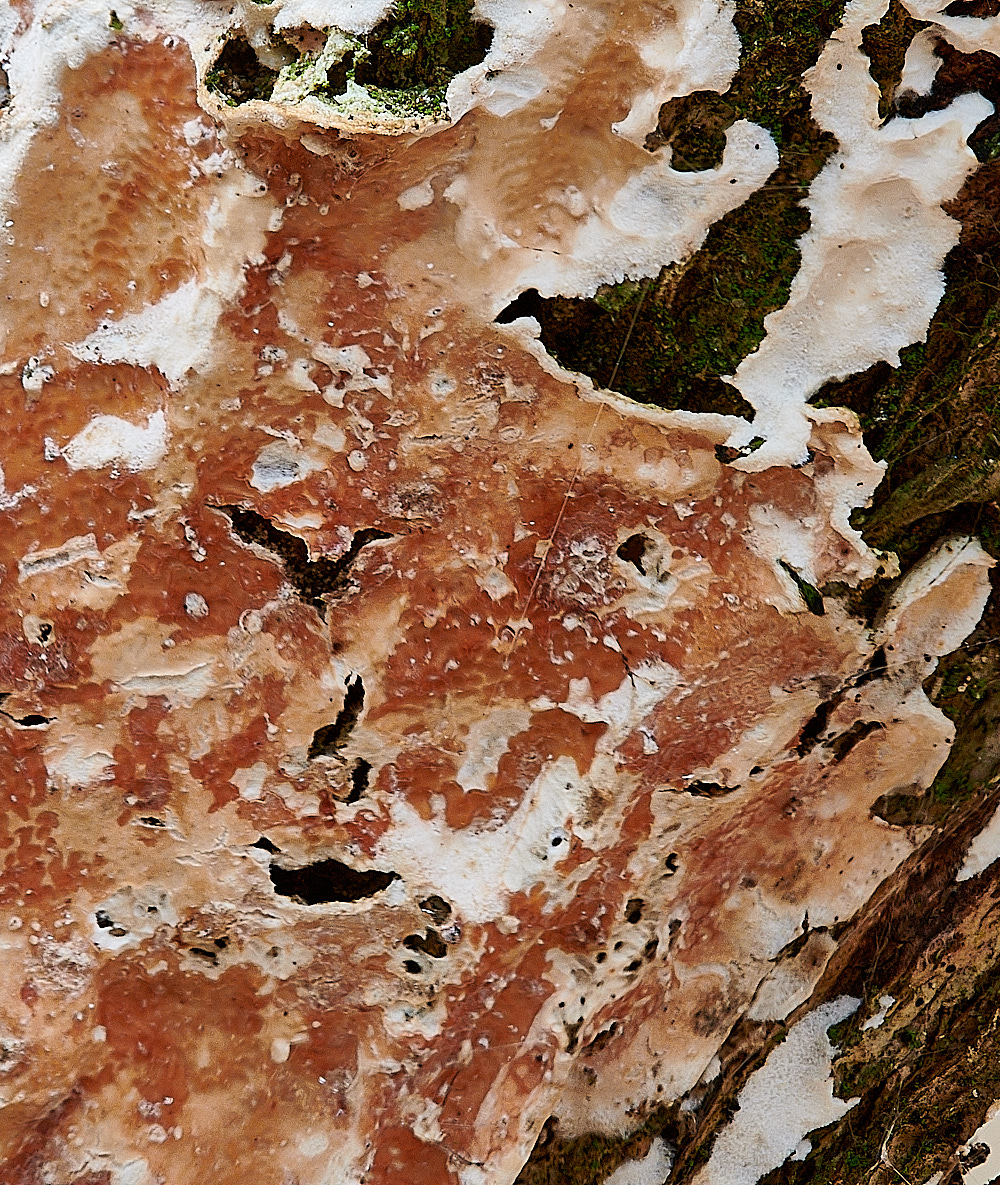
An as yet to be determined Crust Fungus.
from Anne
The other thing I looked at was the resupinate on the gorse stem that was white and fluffy on the outside, cream in the middle and red in its older stage.
So far it is inconclusive, but it is upside down hoping to drop some spores to give me a clue. So far all I can say is the hyphae don’t have clamps!!
A little later in discussion with Anne.
I put this in water and it became clear this was Netted Crust (Byssomerulius corium) which had probably been infected by another fungus that caused the red colour.
Over to Tony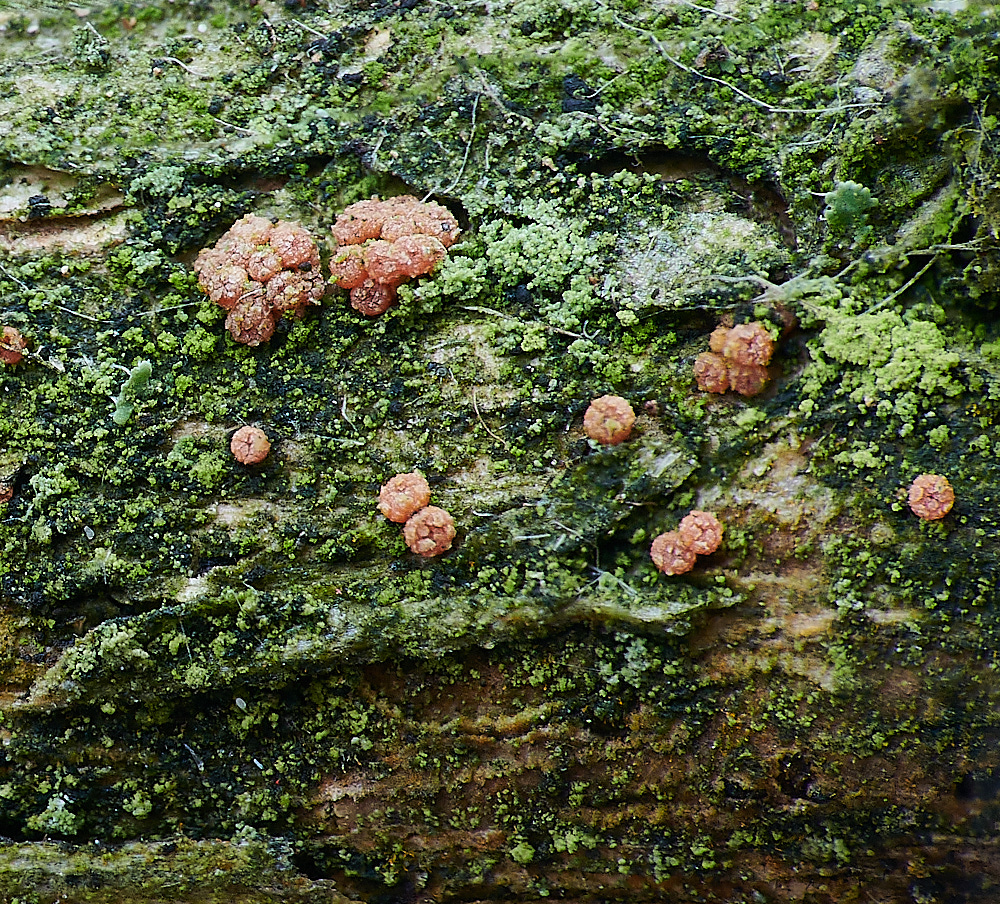
From Yvonne
An unknown
In discussion with Anne a few days later her conclusion was that this was the sexual form of Coral Spot (Nectrina cinnabarina)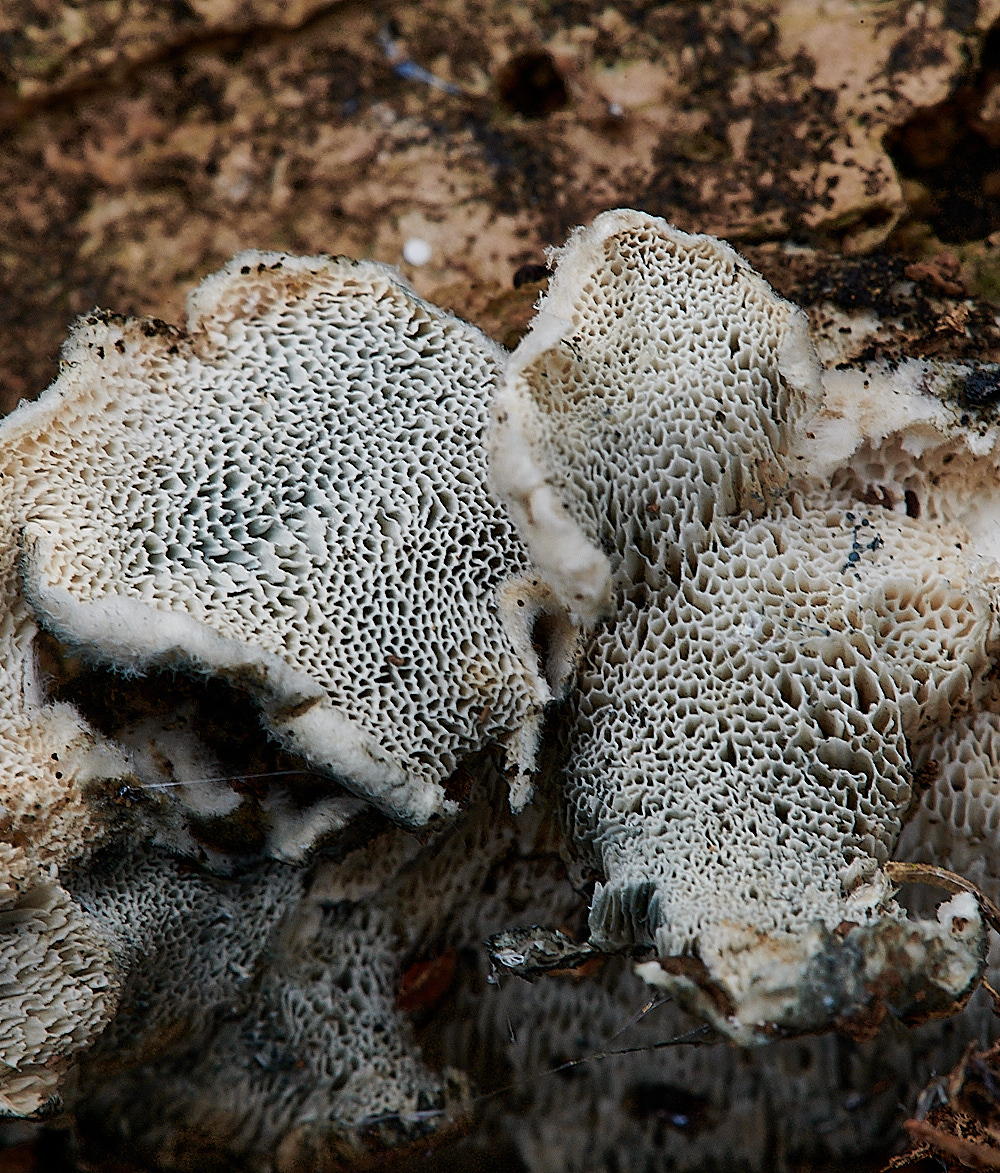
Blueing Bracket (Postia subcaesia)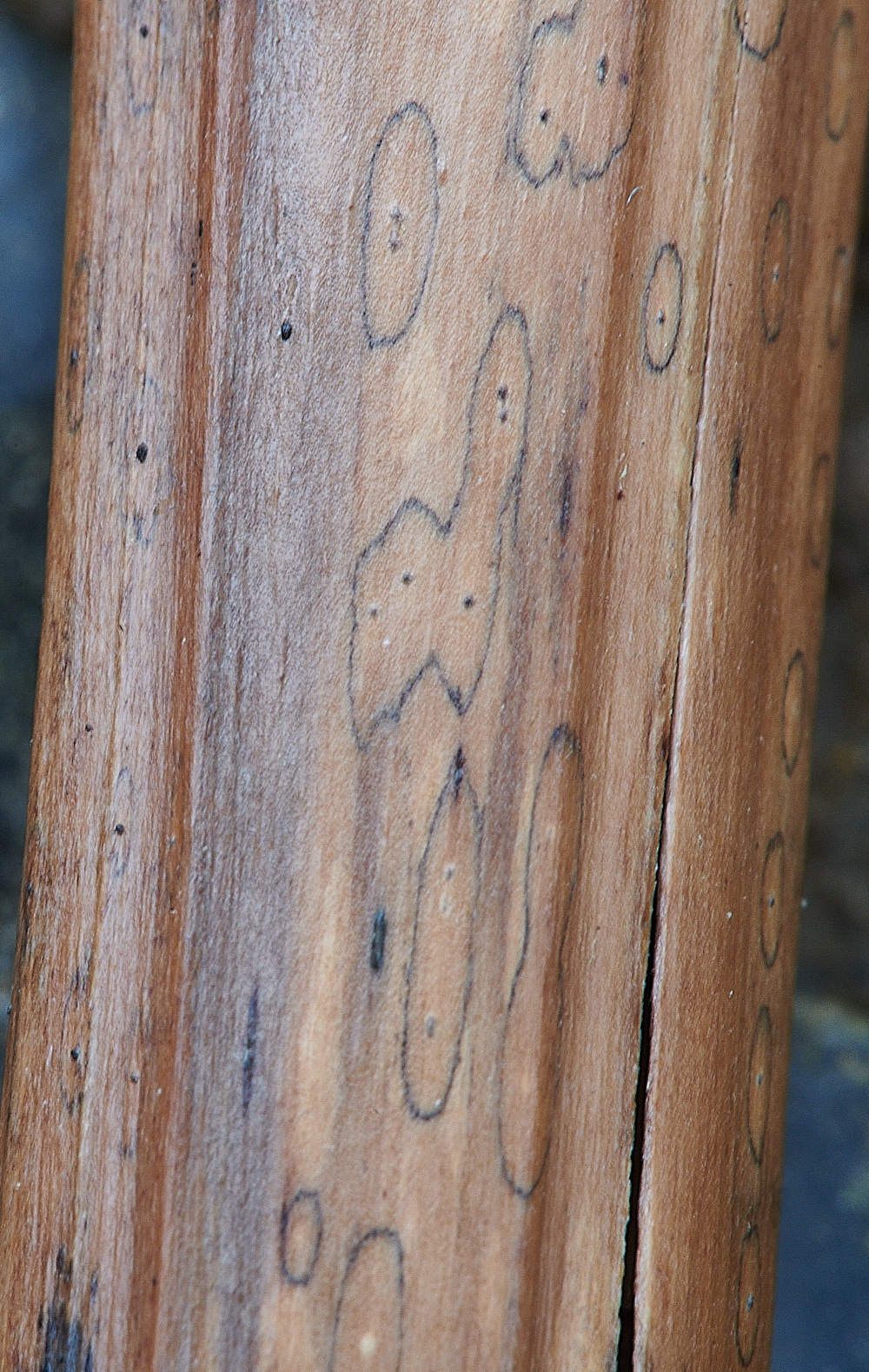
Just for comparison. This particular specimen Stewart brought form Hoveton
This one is similar but lacks the central dark line of the one below from Upgate Common. It just has dark spots.
Diaporthopsis pantherina
Both on Bracken.
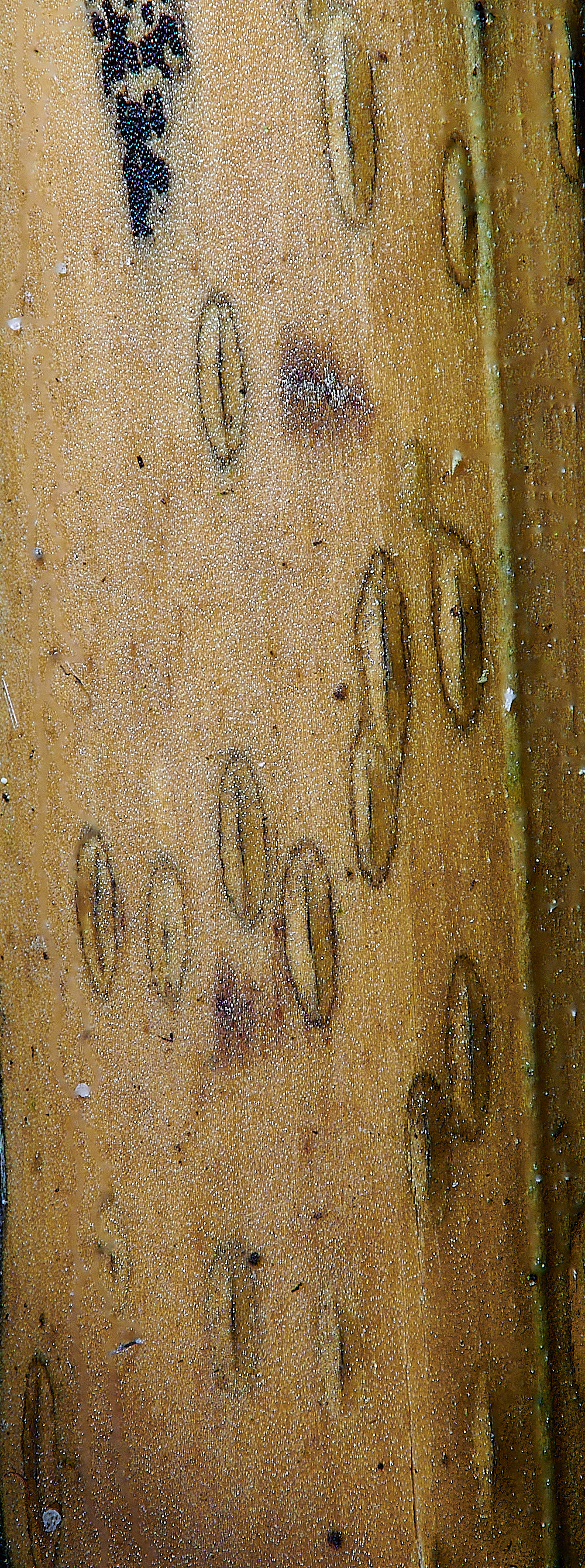
Camarographium stephenson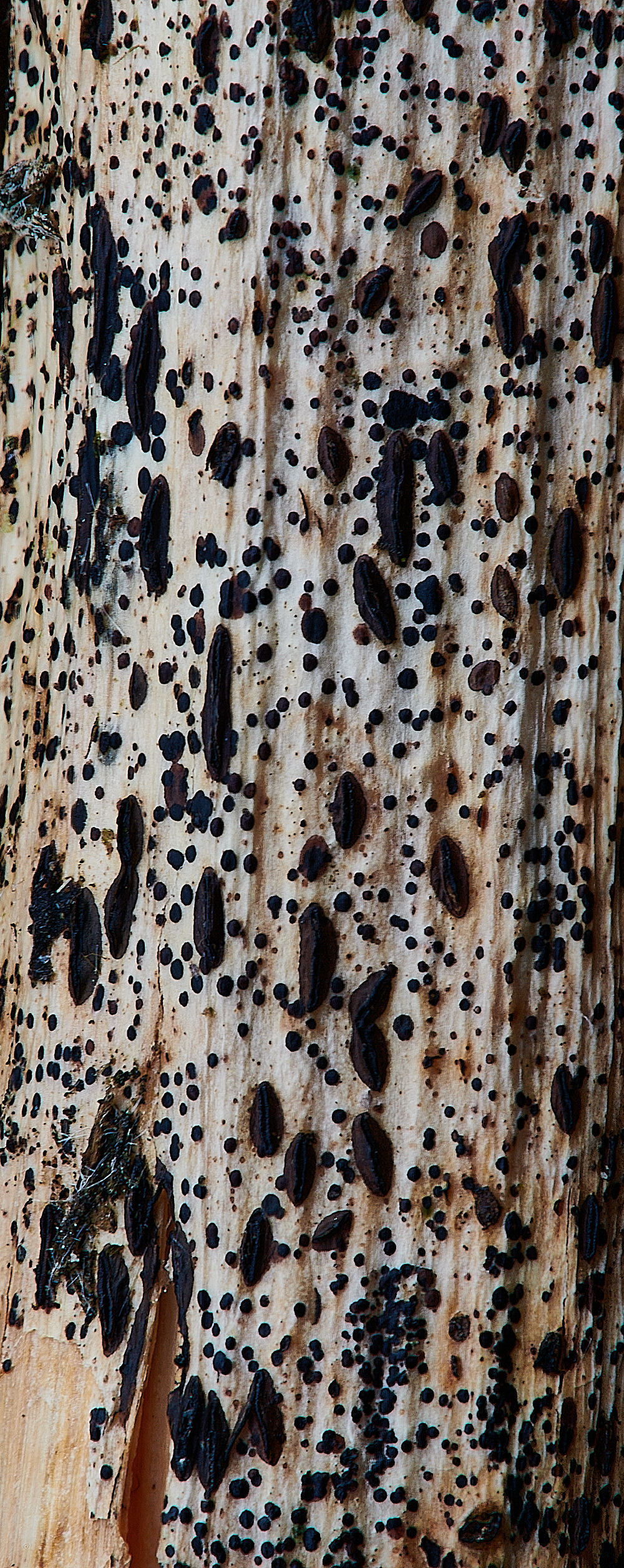
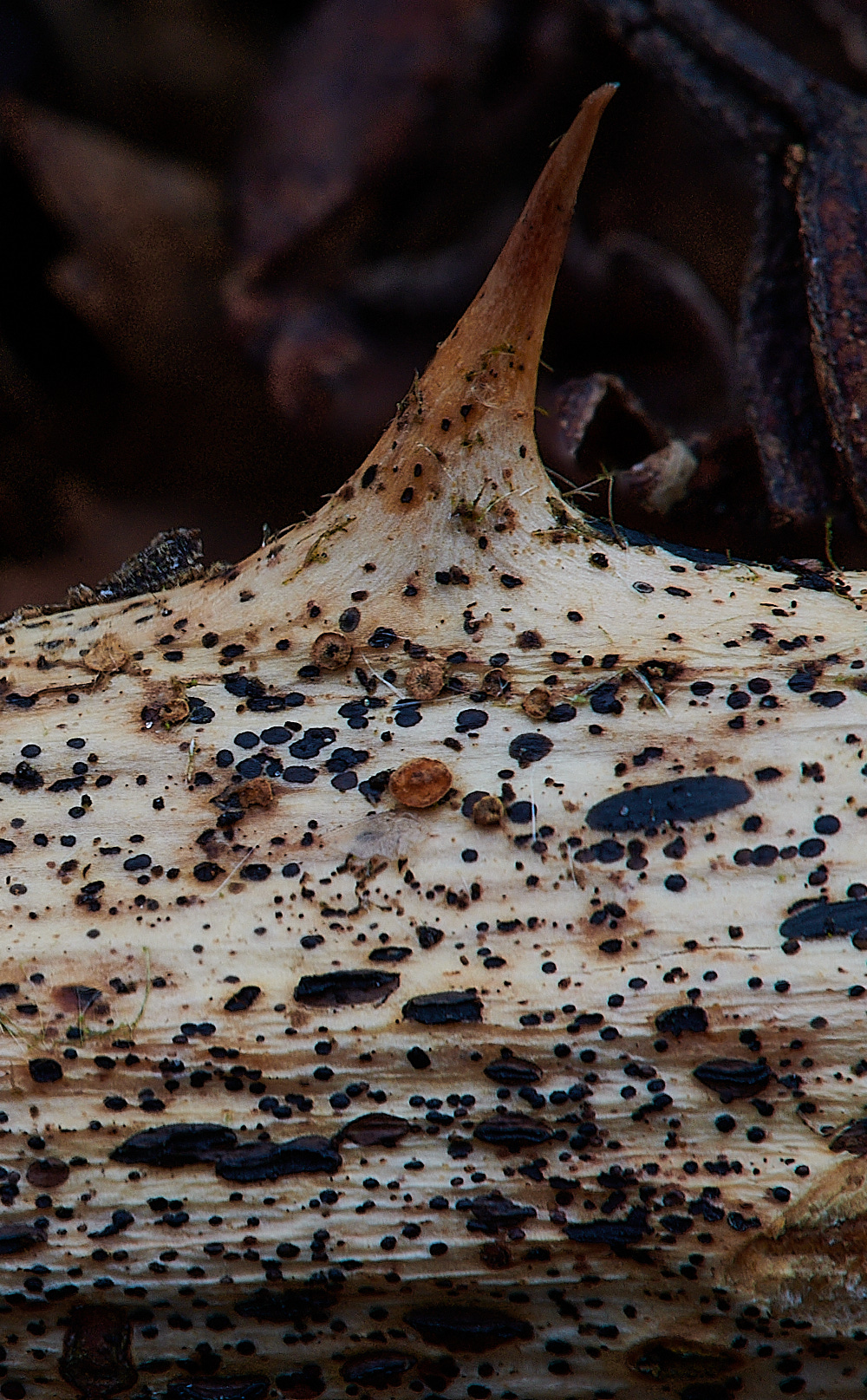
This particular Bramble stem had a number of interesting things growing on it.
from Stewart
The 2 main ones on the bramble are Hypoderma rubi (long ones with slit) and Paradidymella clarkii (black discs)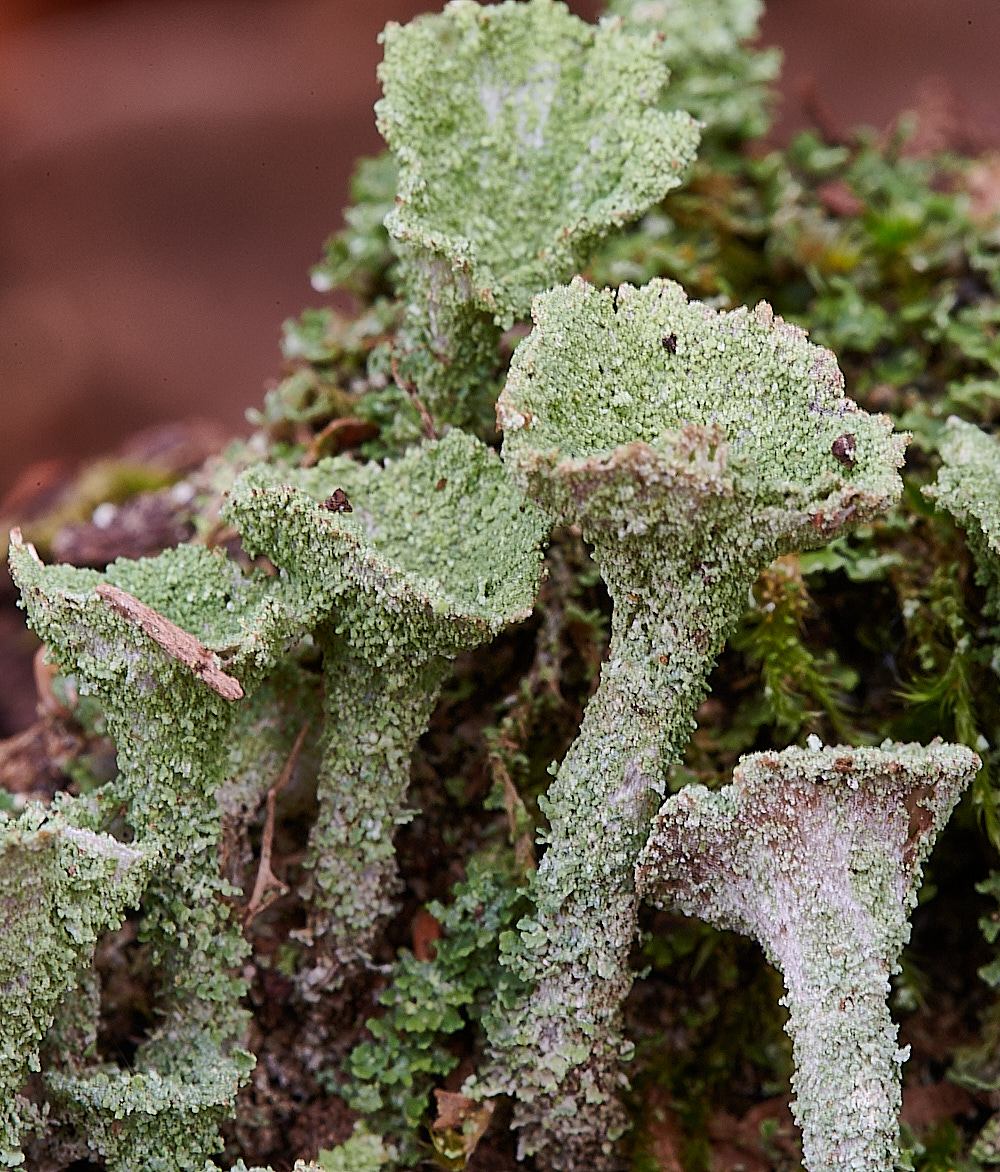

Cladonia Sp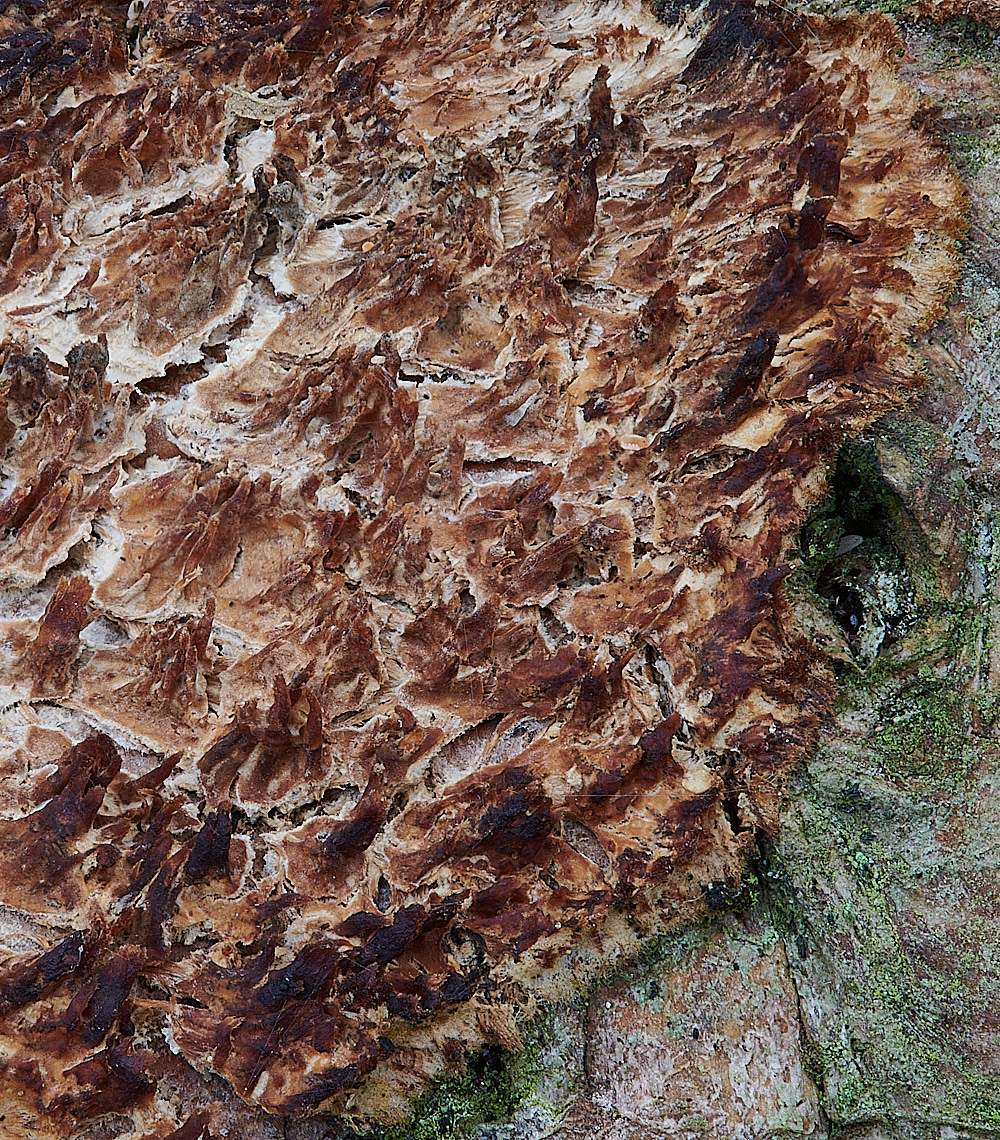
A very desiccated tooth crust fungus.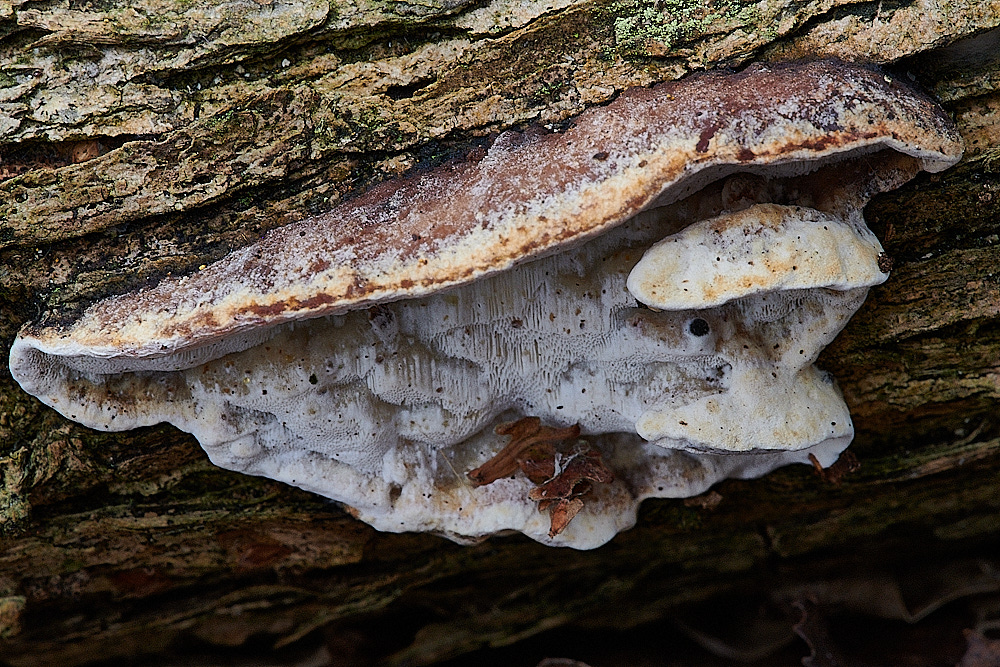
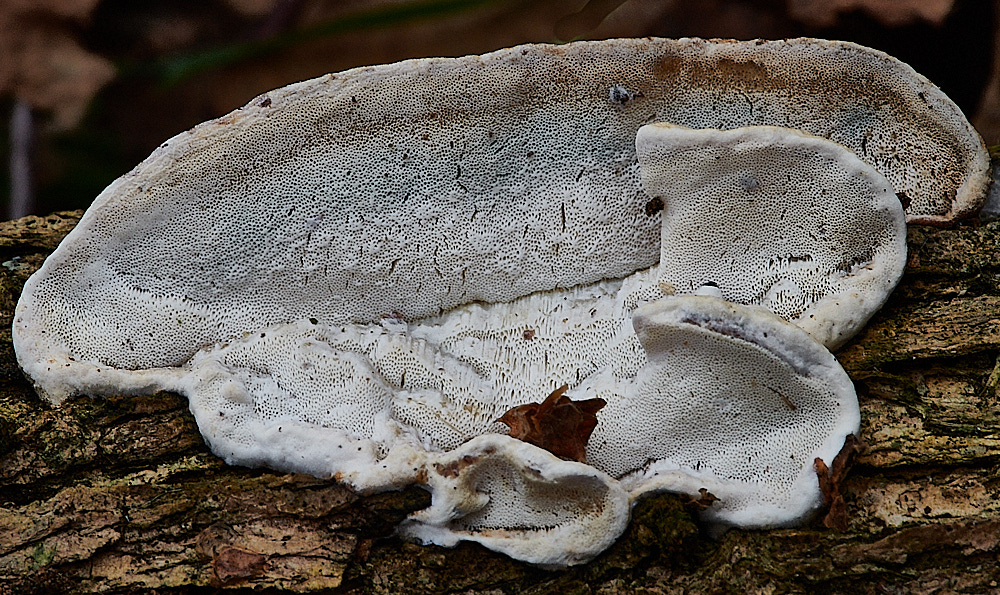
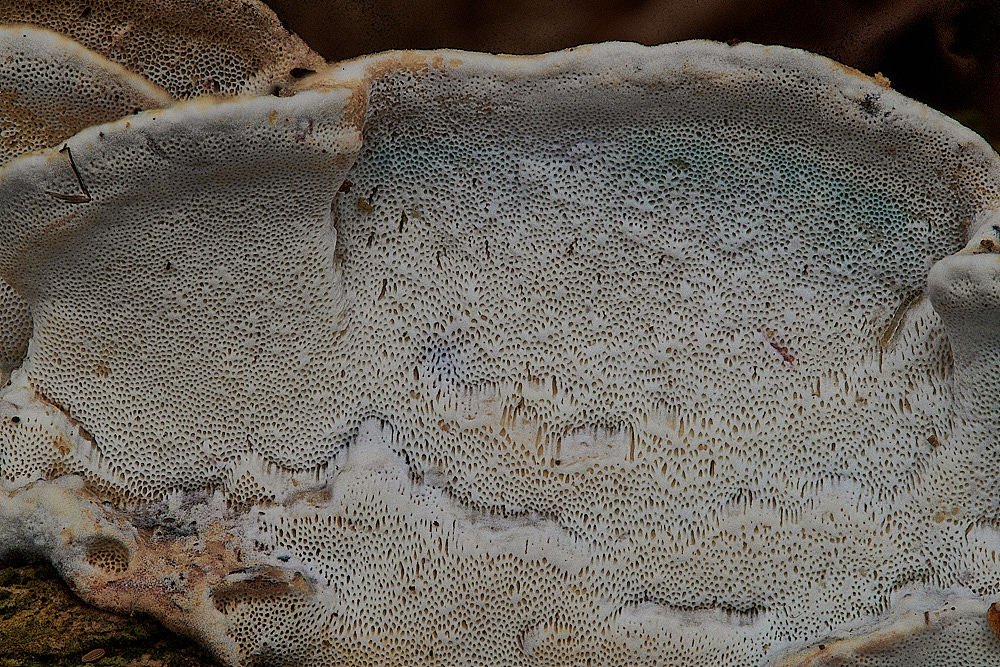
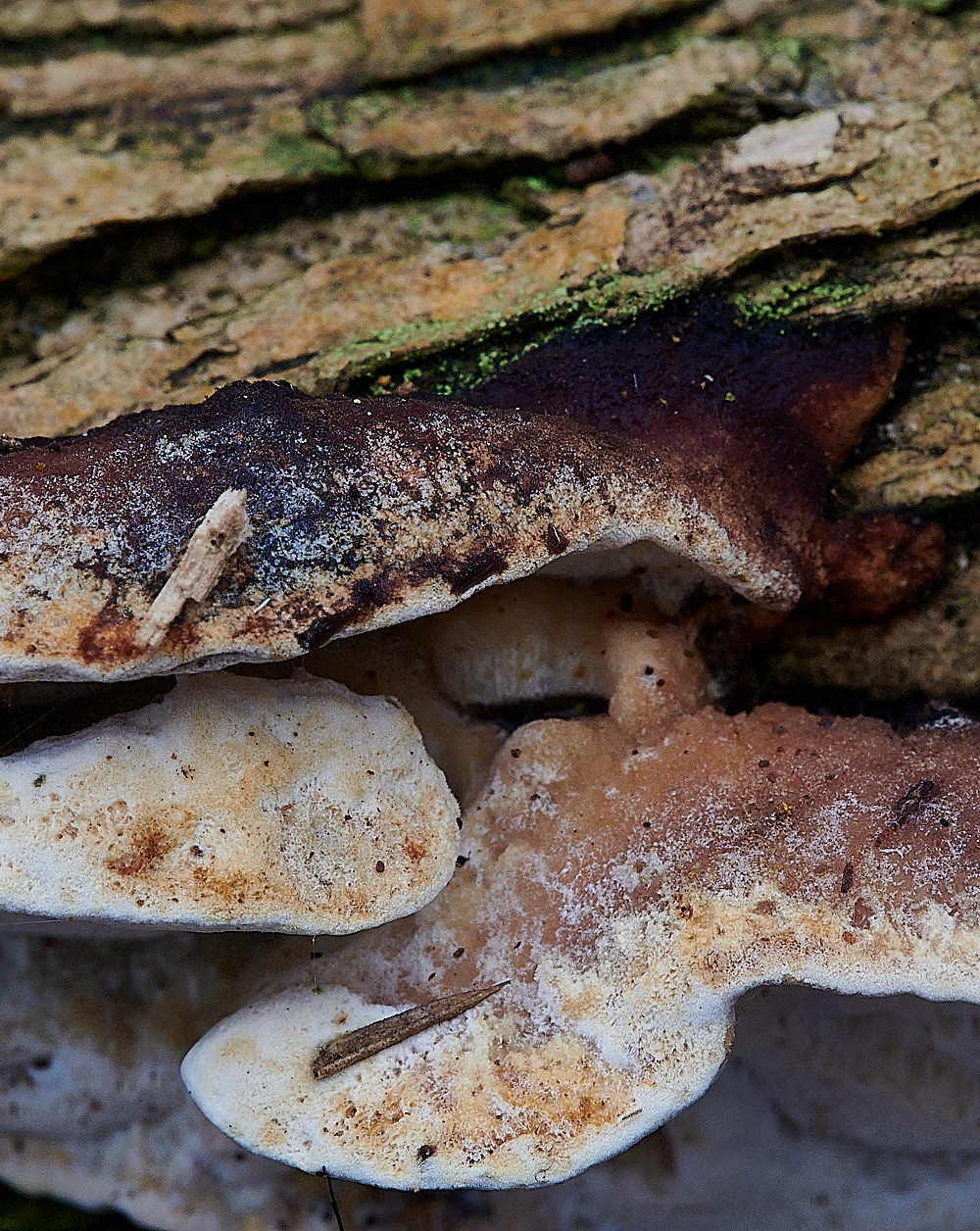
from Anne
The brackets that we found both in resupinate form and then on a branch at lunchtime (which I was sure I recognised!) were Skeletocutis nivea.
I should have realised this as the pores were so tiny, but I am relieved I got spores and basidia to confirm.
Hazel Bracket (Skelocutis nivea)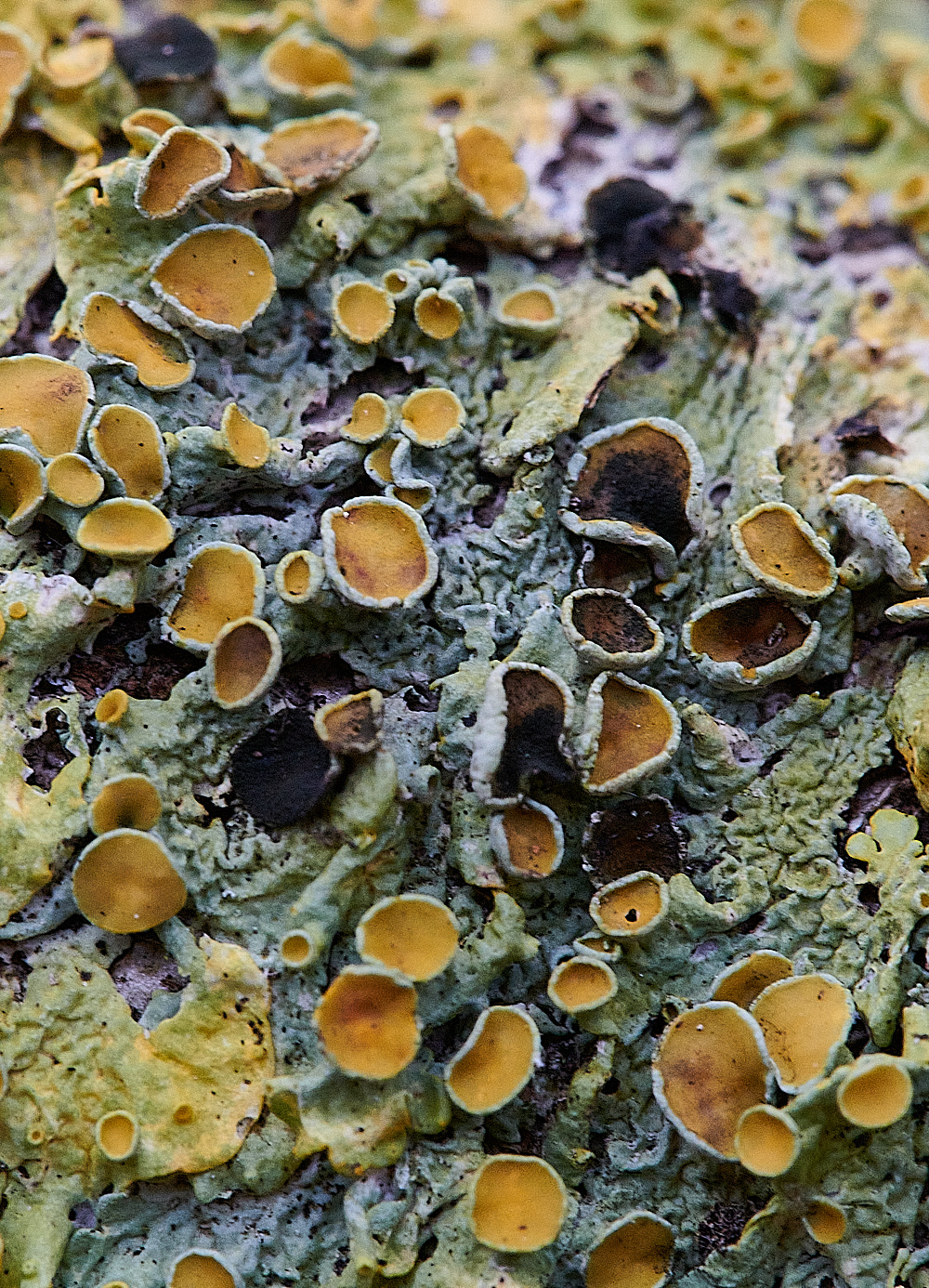
Lichen Sp + Fungus Sp on the Lichen
The black smut (Xanthoriicola physicae) on the Lichen (Xanthoria parientina)
The Pink blob when you find it is Illosporiopsis christiansensii
A bit fuzzy because of high winds.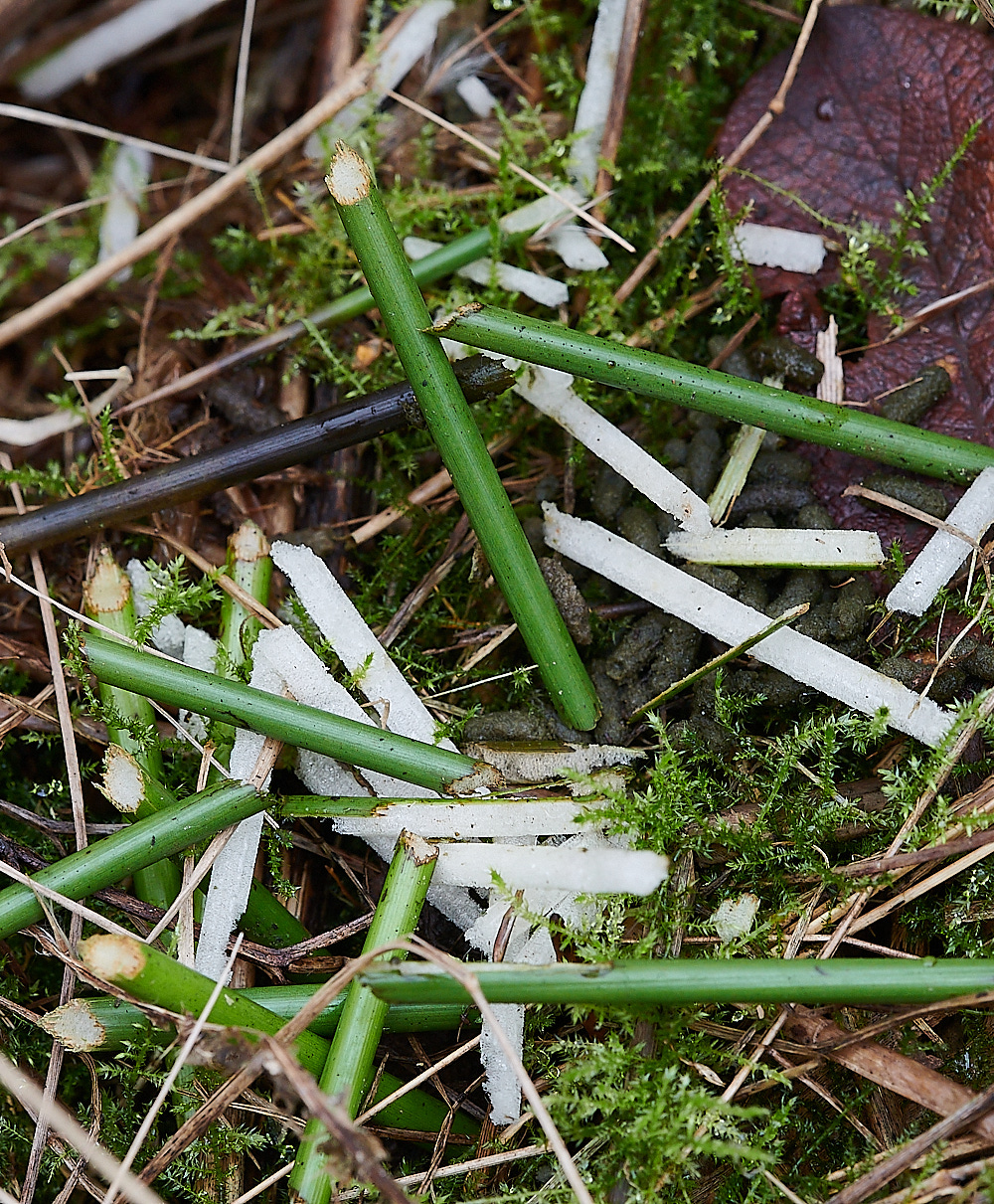
Lots of examples of mammal nibbling activity. Eating the green sheaths and leaving the pith.
The angled cuts suggest Water Vole.
Nettle Pox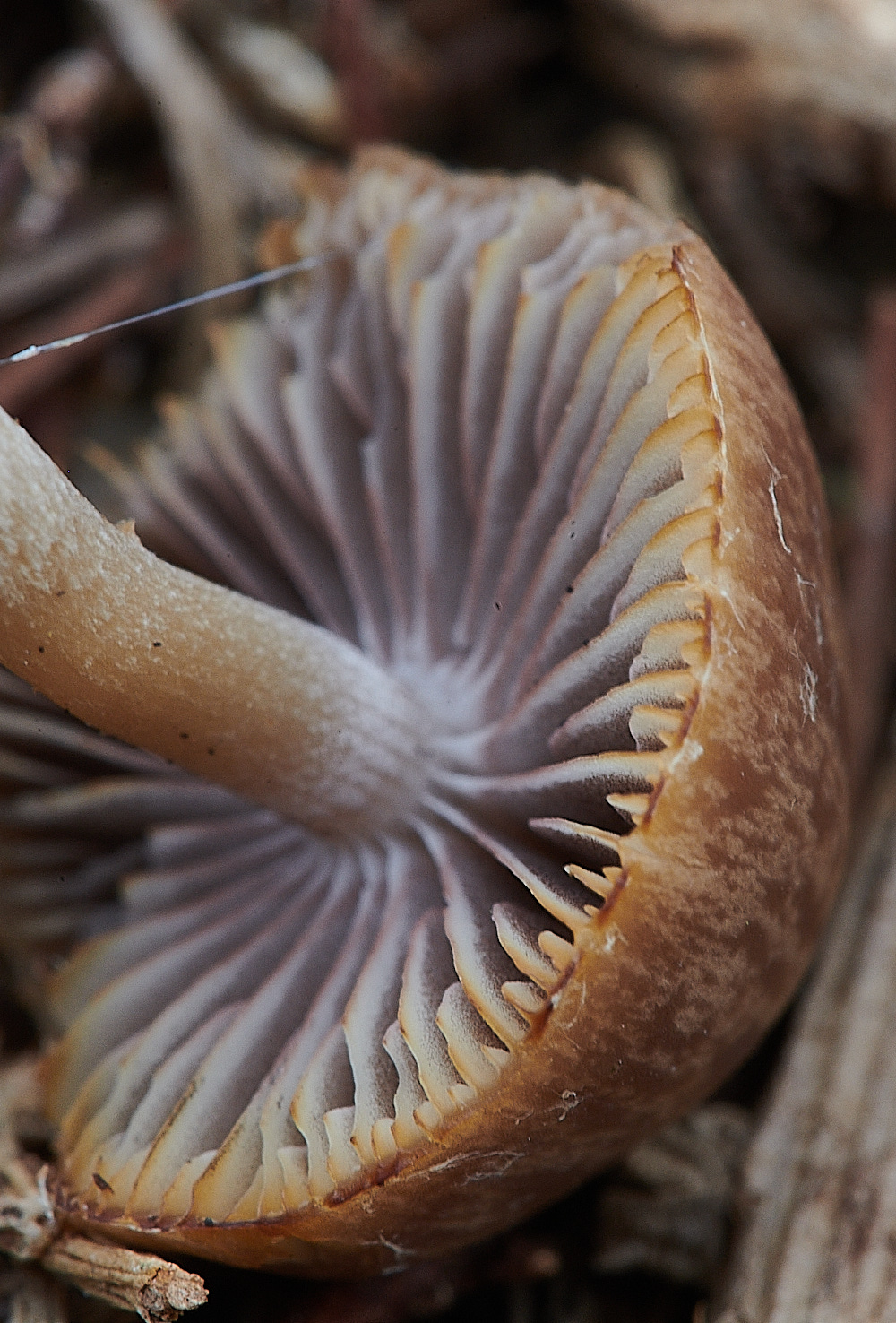
Not the best of pictures but you can clearly see the red edge to the gills.
From Yvonne
The red edged Psathyrella was P. microrrhiza - spore size and cheilocystidia shape.
Rootlet Brittlestem (Psathyerella microrrhiza)
An as yet to be determined Tooth Crust Fungus.
from Anne
The white resupinate with teeth / spines looked so much like several things macroscopically, but microscopically it had lovely cystidia (skeletocystidia)
that could only mean it was a white form of Steccherinum ochraceum. Hmm. Shame it wasn’t something more interesting.
Steccherinum ochraceum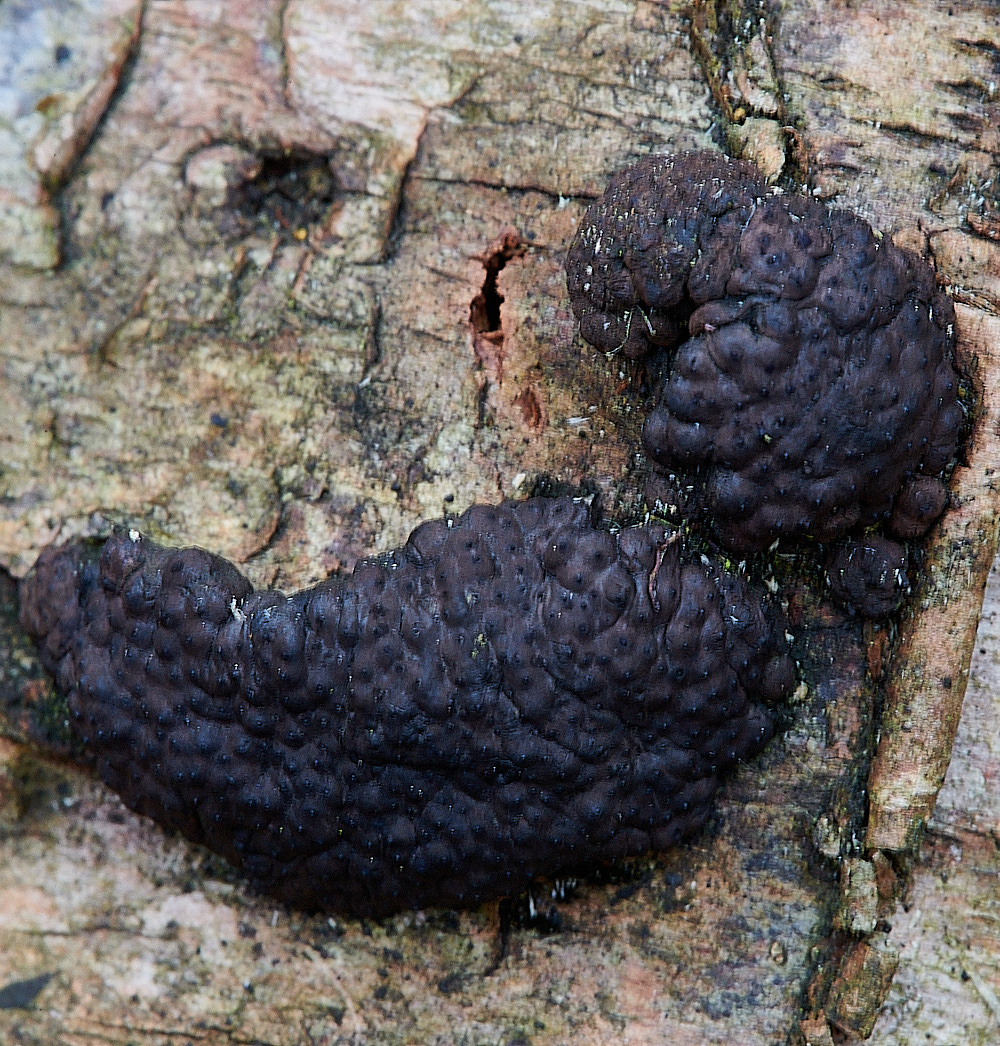
Birch Woodwart (Hypoxylon multiforme) on Birch bark.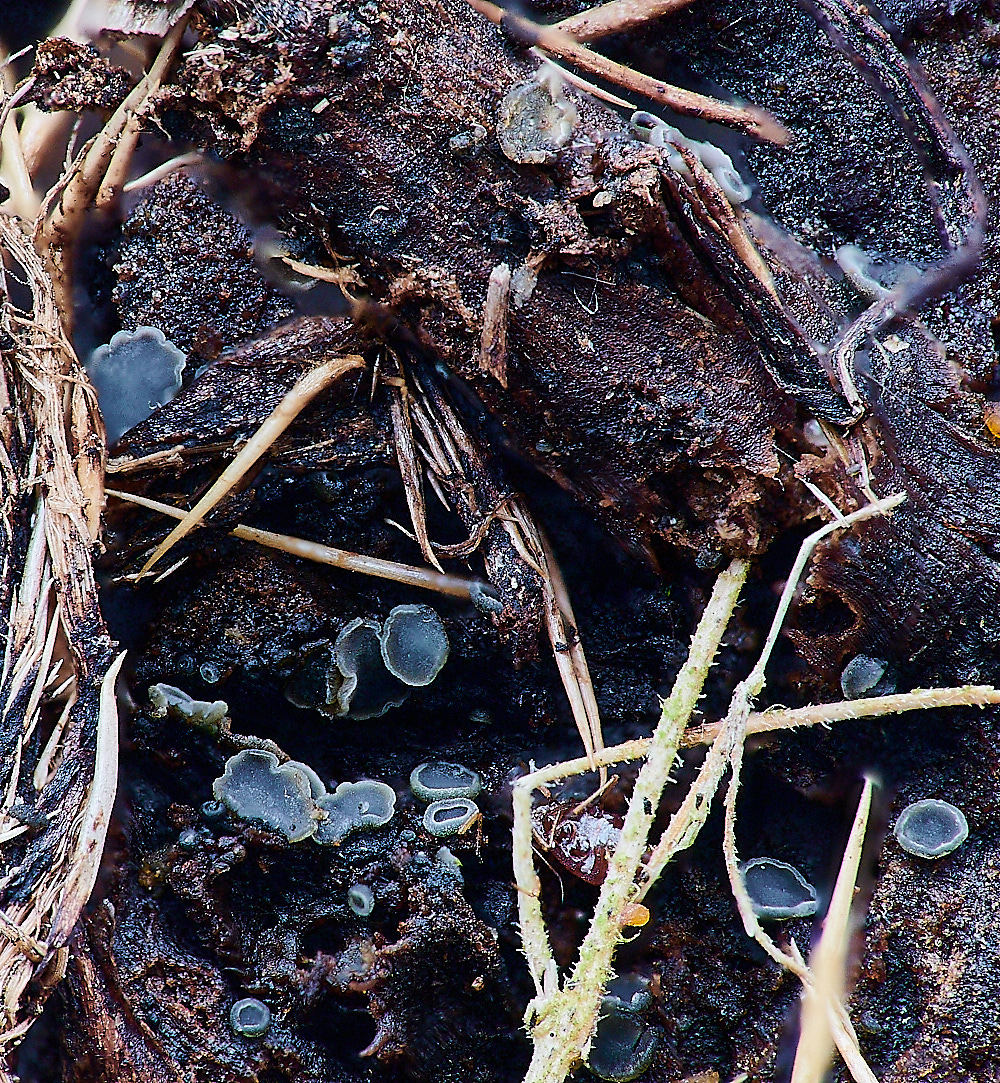
A mollisia species growing on the dead stems of Thistle - Mollisia clavata
Ellis & Ellis note it as growing on Creeping Thistle (Cirsium arvense) but the ascomycete book mentions Nettle & Cirsum sp
A little something extra from Steve & Gill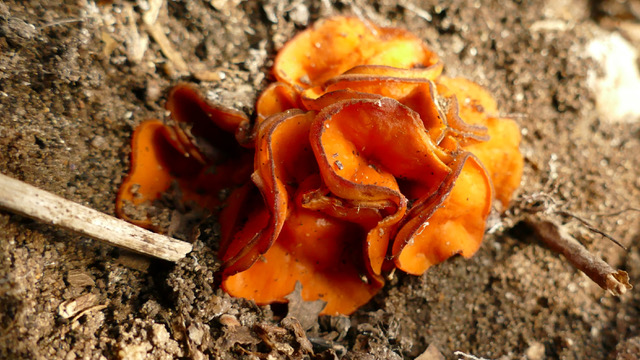


Orange Cup (Melastiza cornubiensis)
